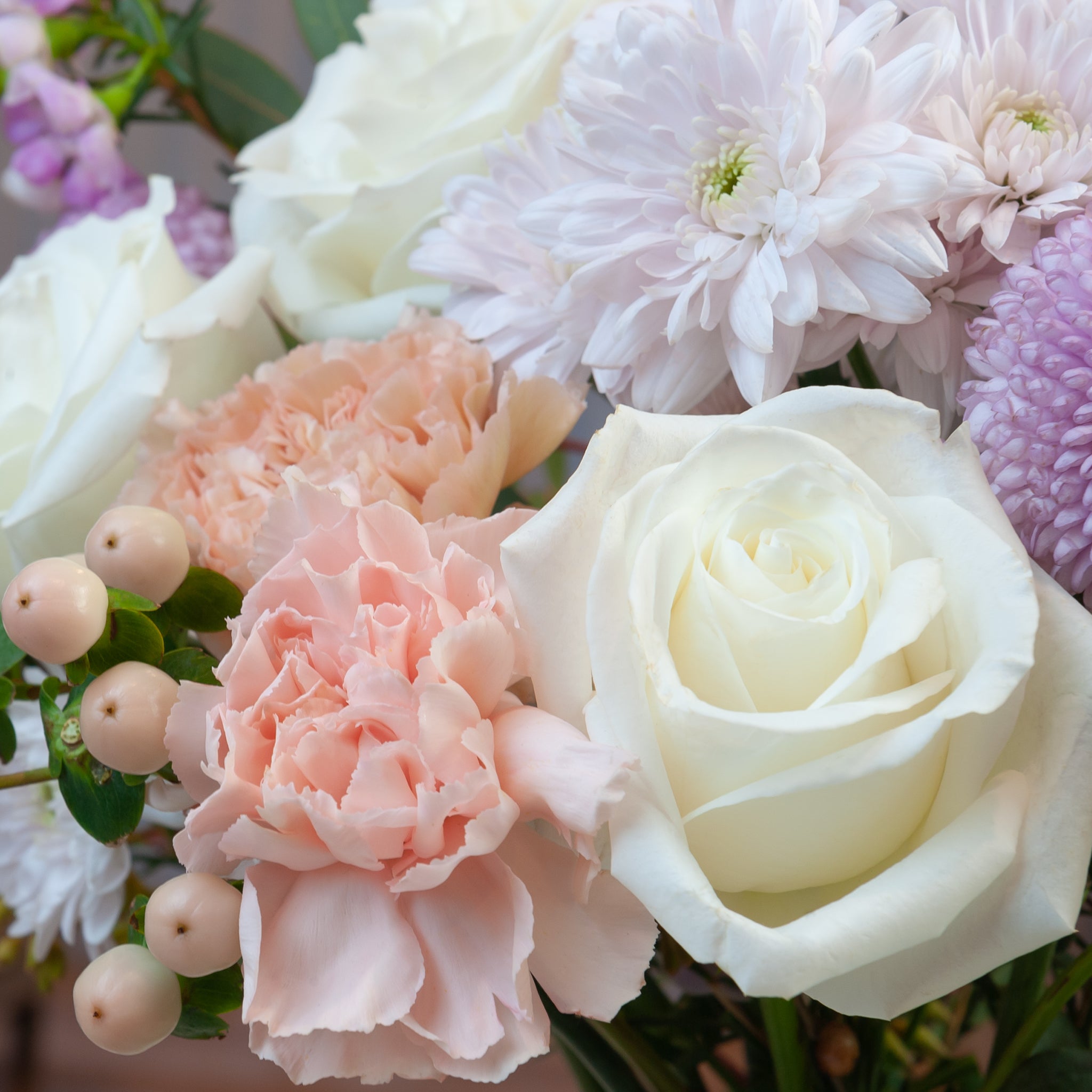No other flower reflects 'sunshine' and 'happiness' more than the bright and bold sunflowers. No wonder they make a perfect gift to someone who you want to bring joy to. These cheerful and striking blooms can brighten any room and bring instant cheer to anyone who receives them.
The vibrant and stunning sunflowers are more than just pretty faces. Check out these cool facts about sunflowers.
The Origin of Sunflowers
Sunflowers are native in North America and have been grown as early as 3,000 B.C. They were used for milling flour to make cakes and bread, and eating the seeds as a snack. Sunflowers were also used for textiles, decorations and medical purposes. Spanish conquistadors then exported them to the rest of the world in the 1500's.

Health Benefits of Sunflowers
Sunflower seeds
Did you know that sunflower seeds are rich in healthy fats, plant compounds and antioxidants? They’re an excellent source of Vitamin E, selenium, and magnesium which help protect the body’s cells against inflammation and free radicals. Additionally, sunflower seeds can help lower blood pressure and reduce the risk of common health problems. Aside from that they also make for a tasty snack.
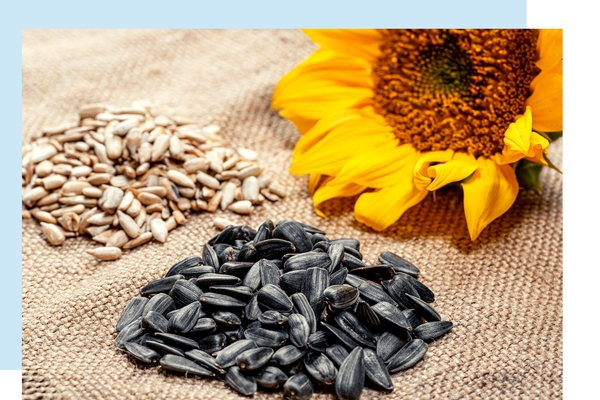
Sunflower oil
Sunflower oil contains beneficial properties that can improve the skin’s texture and appearance as well as enhance its healing properties. It is generally non-irritating and can be used for all skin types.
Sunflower oil cleanses, exfoliates, and hydrates the skin. It can help minimise the appearance of wrinkles and fine lines. It can also be effective for dry skin, acne, eczema, and even scarring.
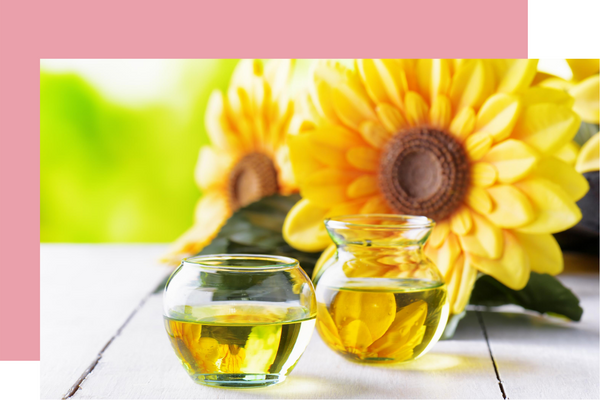
Sunflower petals
Sunflower petals are edible, too! You can toss them into salads and make for pretty garnishes. The petals have a unique bittersweet taste that can give a nice contrast to other flavours in your dish. You just want to make sure that the sunflowers you're using haven't been sprayed with nasty pesticides.

Longevity of Sunflowers
Sunflowers are known for having an amazing vase-life. It is nice to know that they can last up to 14 days if the florist sending your sunflowers has nice fresh unopened flowers. Of course, taking proper care of your sunflowers also plays an essential role in extending their life. We send our sunflowers in bud so that you can enjoy them for as long as possible.
Flower Maintenance Tips for Sunflowers
Here are some simple ways to give your sunflowers a little TLC and keep them beautiful for as long as possible:
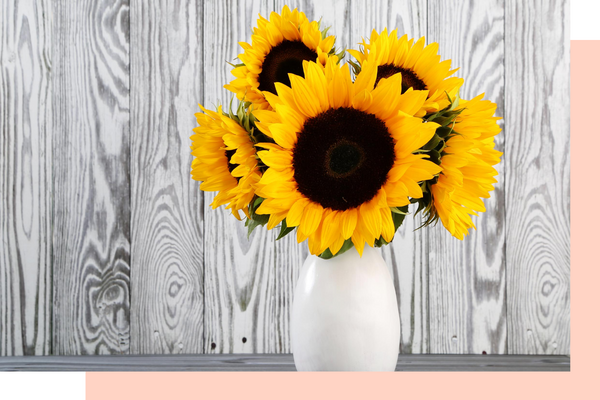
- Re-cut the stems at an angle. Removing at least 2 - 3 cm off the bottom of the stem. This would allow them to better absorb the water
- Remove leaves below the waterline. Leaves in the water will deteriorate and rot, spreading fungi and bacteria that damage the vascular system, preventing hydration and eventually causing your flowers to wilt and die.
- Monitor the water level daily and replace every 2-3 days. Cloudy water can be a sign that bacteria has started to grow and is attacking the stems. In this case, the water should be completely exchanged for freshwater. Additionally, you should re-fill vases with fresh water if water levels drop.
- Re-trim your stems every 2-3 days. Flowers start to slowly die from the tips of their stems, inhibiting water uptake. By trimming an extra 1 cm off the stems every few days, your flowers will stay healthy and live longer.
Growing Sunflowers
The best time of year to start growing sunflowers is spring or early summer and they typically take between 10 and 11 weeks to harvest.
Sunflowers like well drained soil that is fertile with a pH level of 6.0 and 7.5. More important than the soil is however planting them in a place that receives 6 to 8 hours of sunlight each day.
Make sure you place them 70cm apart and 2 to 3 cm deep. Ideally use some fertiliser or compost to improve the soil condition before planting.
Sunflowers are a friendly bunch and don't mind being planted next to other friendly plants like melons, sweetcorn, zucchini. They also like herbs like garlic, basil and rosemary. Do not plant sunflowers next to potatoes or beans as they give of toxins that can harm them.
If this is too much work or you just want to send sunflowers as a gift, Floraly will send them for your with a card and personal message in a beautiful box to most places in Australia.
To Send Sunflowers Click here.
Sunflowers track the sun
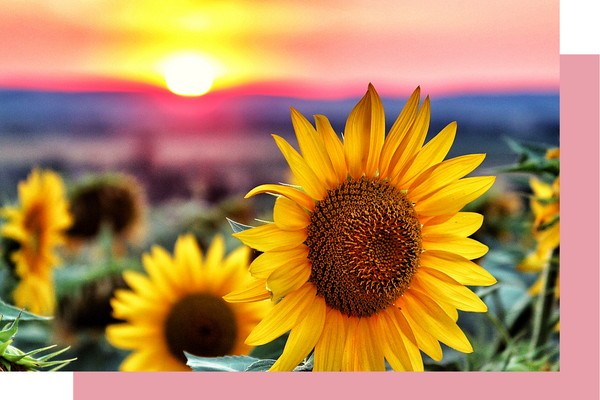
This is a behaviour called heliotropism where young flowers face east at dawn and face the sun, then slowly turn west as the earth moves during the day. During the night, the sunflower slowly turns back east to do the same cycle. However, once they reach maturity, the flowers generally remain facing east.
Each sunflower head is actually thousands of tiny flowers!
If you take a closer look at the centre of a sunflower head, you will see thousands of tiny blooms called disc florets. The disc florets have male and female sex organs and can produce seeds.
The petals around the sunflower head are also flowers and are called ray florets. But unlike the disc florets, ray florets do not go to seed and cannot reproduce.

Not all sunflowers are yellow
Traditionally, sunflowers are bright yellow with brown centres. However, these vibrant flowers can also range from bright yellow, copper, red, brown, and orange.
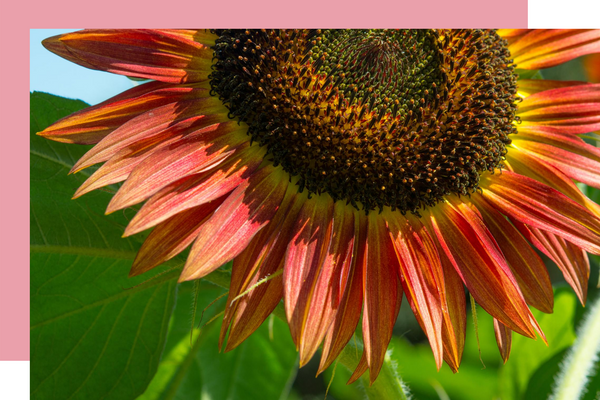
Sunflowers have been used for medicinal purposes
Sunflower leaves have properties that can treat malaria fever. Drinking tea made from sunflower leaves are also used to soothe gastroenteritis, chest pain and lung ailments, sore throat, tonsillitis, and prevent arthritis.
There are nearly 70 different sunflower species
With so many varieties, differences can usually be observed by their sizes and colours.
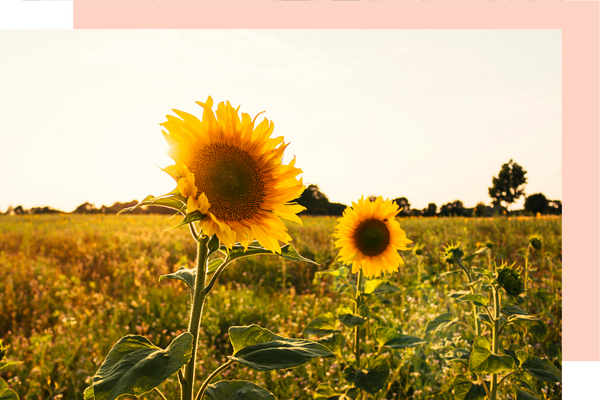
How tall can sunflowers grow?
Generally, sunflowers can grow between 6 to 10 feet tall depending on the variety. Giant sunflowers can reach up to 20 feet while the dwarf kinds can grow up to 3 feet.
The Worlds Tallest sunflower reaches over 30 feet!
Hans-Peter Schiffer of Germany broke his three consecutive Guinness World Records for the world's tallest sunflower. He uses building scaffolding to keep the giant blooms from toppling over in the wind.
Sunflowers can help absorb toxins
After the Hiroshima, Fukushima, and Chernobyl nuclear disasters, sunflowers were planted across the area to help absorb toxic materials and soak up radiation from the soil.
Sunflowers have travelled to space
Astronaut Don Pettit brought along some sunflower seeds to the International Space Station in 2012 as part of his personal biology experiment.
Sunflowers as a healthy spread
Sunflower butter is a spread made of sunflower seeds and is a great alternative for peanut butter. It has significantly less saturated fat than peanut butter and has no trans-fat. It is also easier to digest because of the good fibre it contains.
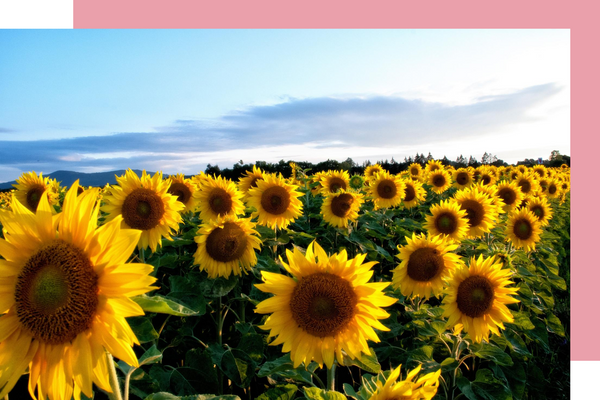
Sunflowers Can Self-Pollinate
Many sunflowers can self-pollinate. This is a mechanism they use to make sure they stay alive on the occasion of a lack of pollinators. The seeds from self-pollination will produce flowers that look like the original plant.
Famous Sunflower paintings
Among the most famous work of the Dutch painter, Vincent van Gogh are his sunflower paintings. The flowers had a special significance for van Gogh and he did seven versions of them.
Sunflower symbolism and meanings
These cheerful flowers could reflect a lot of different meanings. Sunflowers are known to bring positivity and happiness. For other cultures, sunflowers symbolise vitality and good fortune. They’re also a symbol of hope and optimism.
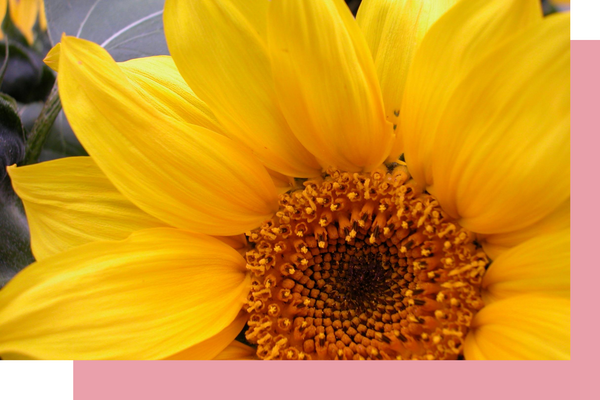
Final Thoughts
Sunflowers are great to send to someone for a Birthday, Anniversary, Mothers Day or just to brighten up someones day.
If you want to send sunflowers in Australia look no further. Floraly will package up your sunflowers in a beautiful box and send them almost anywhere in Australia. To find out more click here.
We hope you enjoyed these interesting sunflower facts and gave you more reasons to love sunflowers even more!


